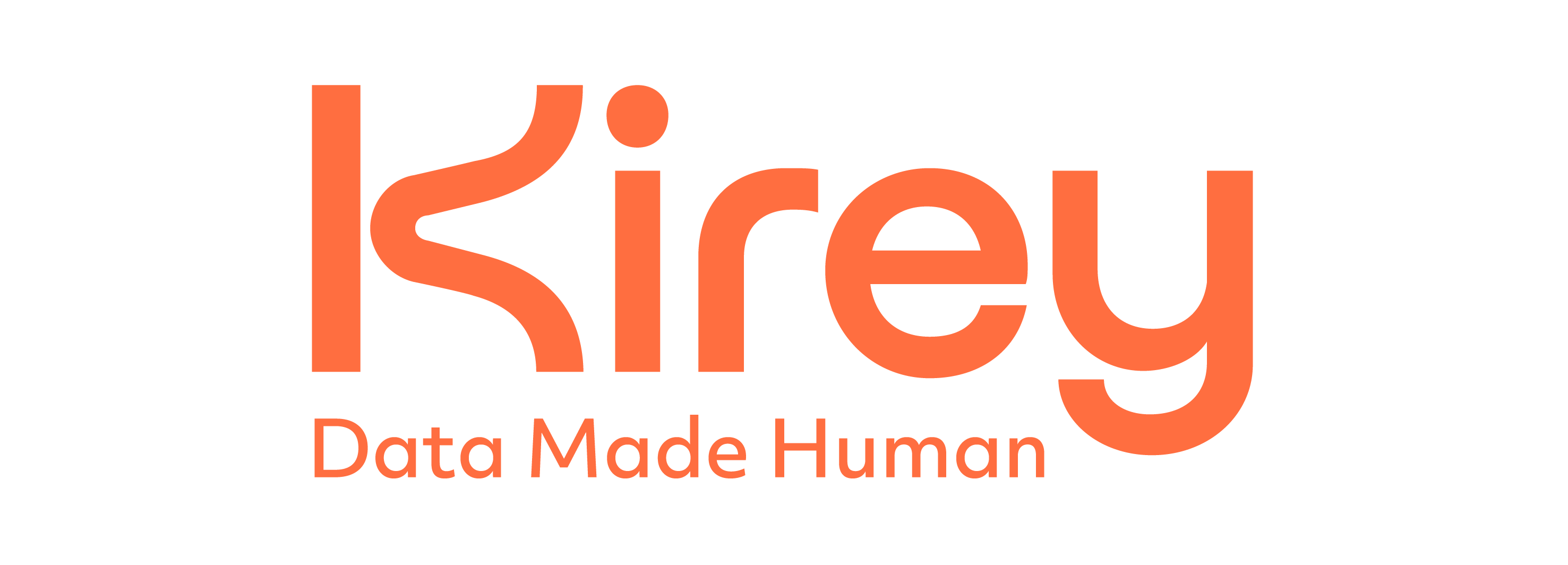In a continuously expanding market, the issue of cloud optimization is increasingly central. According to Stacklet’s State of Cloud Usage Optimization 2024, 78 % of companies waste between 21% and 50% of their cloud resource spending, highlighting enormous room for improvement. This figure is particularly significant when we consider that, as noted, the cloud market continues to grow: Gartner predicts that global public cloud services spending will rise from USD 595.7 billion in 2024 to USD 723.4 billion in 2025.
However, cloud optimization is not limited to cost reduction. Pursuing effective management means adopting an integrated approach that optimizes cloud resource allocation in every respect, enhancing cost efficiency, scalability, reliability, resilience, security, and performance. This is precisely where the concept of cloud optimization comes into play.
Optimizing the Cloud: What It Means and Why It’s Essential
According to IBM, cloud optimization consists of aligning “cloud resource provisioning with real-time application and workload demands, to strike a balance among performance, compliance, and efficiency.”
The need to optimize the cloud arises from the growing complexity of environments increasingly oriented toward hybrid and multicloud models. While these approaches promise unprecedented flexibility and scalability, they also make resource management difficult to govern without a dedicated strategy and tools. Further complicating the picture is the fragmentation of cloud initiatives within large organizations, where non-IT divisions launch independent projects and acquire cloud resources disconnected from central strategies.
In the end, the risk is twofold: on one hand, maintaining over-provisioned resources leads to high costs for unused capacity, eroding the IT budget without real performance gains; on the other hand, under-allocating resources to critical workloads compromises operational performance, causing slower response times, service interruptions, and a poor user experience.
Costs, Performance, and Security: The Three Pillars of Cloud Governance
Conceptually, cloud optimization often focuses on cost reduction, but as noted, it should create a balance among the key factors of performance, security, availability, and scalability. It is essential to adopt an integrated approach founded on at least three pillars.
Rationalize Cloud Spending
Optimizing costs does not mean spending less, but investing consciously and proportionally to the needs of cloud workloads. Budget management is, moreover, a dynamic process, since companies evolve and so do determining factors such as consumption of infrastructure resources (compute, storage, and network).
The first aspect is awareness. You must know and monitor your cloud expenditures—understanding which services you are paying for and why—and then adopt automated tools that tie resource provisioning to the actual demand of applications. This eliminates the risk of over-provisioning, a practice that cloud was supposed to eliminate versus on-premise models, but which remains a critical issue for many organizations.
There are several strategies for optimizing cloud costs, including:
- Using reserved instances and targeted offers, i.e., leveraging long-term plans to reduce costs compared with on-demand instances;
- Breaking down organizational silos, promoting unified management of cloud resources;
- Eliminating unused resources, by disabling services that are not in use and incur unnecessary costs;
- Reducing data transfer costs, since in a multicloud context, data transfer between providers, while offering resilience and optimization opportunities, can generate unforeseen expenses. Avoiding unnecessary transfers lowers overall charges;
- Adopting an advanced cost-management model like FinOps, which integrates financial governance and IT operations, allowing real-time monitoring of cloud spending, identification of optimization areas, and alignment of financial decisions with technical requirements.
Boost performance
From a performance standpoint, the first step is constant visibility into the applications and cloud resources in use. Companies can rely on cloud-management tools that, often leveraging artificial intelligence, monitor in real time key parameters such as CPU usage, storage, and network latency.
Visibility, however, is only the starting point. Once critical bottlenecks are identified, companies can implement advanced strategies such as server load balancing and caching—particularly effective because they redistribute traffic to avoid overloads and store the most frequently requested data, reducing access times.
Another strategic lever is resource auto-scaling, which dynamically adjusts server capacity according to actual demand, thereby avoiding both over-provisioning and slowdowns due to resource shortages during peaks.
At the same time, companies aiming to get the most out of the cloud should consider modernizing applications toward a cloud-native architecture. Adopting DevOps processes, supported by practices like Infrastructure as Code (IaC), enables agile development, testing, and deployment of applications while ensuring optimal use of resources.
Security without compromises
Cloud optimization cannot disregard an approach that places security at its core. Reducing costs and optimizing resources without considering security implications exposes organizations to very high financial, reputational, and compliance risks.
In the cloud era, it is essential to adopt security measures that protect data and business assets in an integrated and proactive manner. This includes strict access policies, continuous data encryption, behavioral-anomaly monitoring, and an approach that integrates security throughout the software lifecycle, making it part of the development process rather than an afterthought. This is precisely the philosophy behind the DevSecOps model, which aims to merge development, operations, and security into a single workflow, automating controls and minimizing vulnerabilities.
